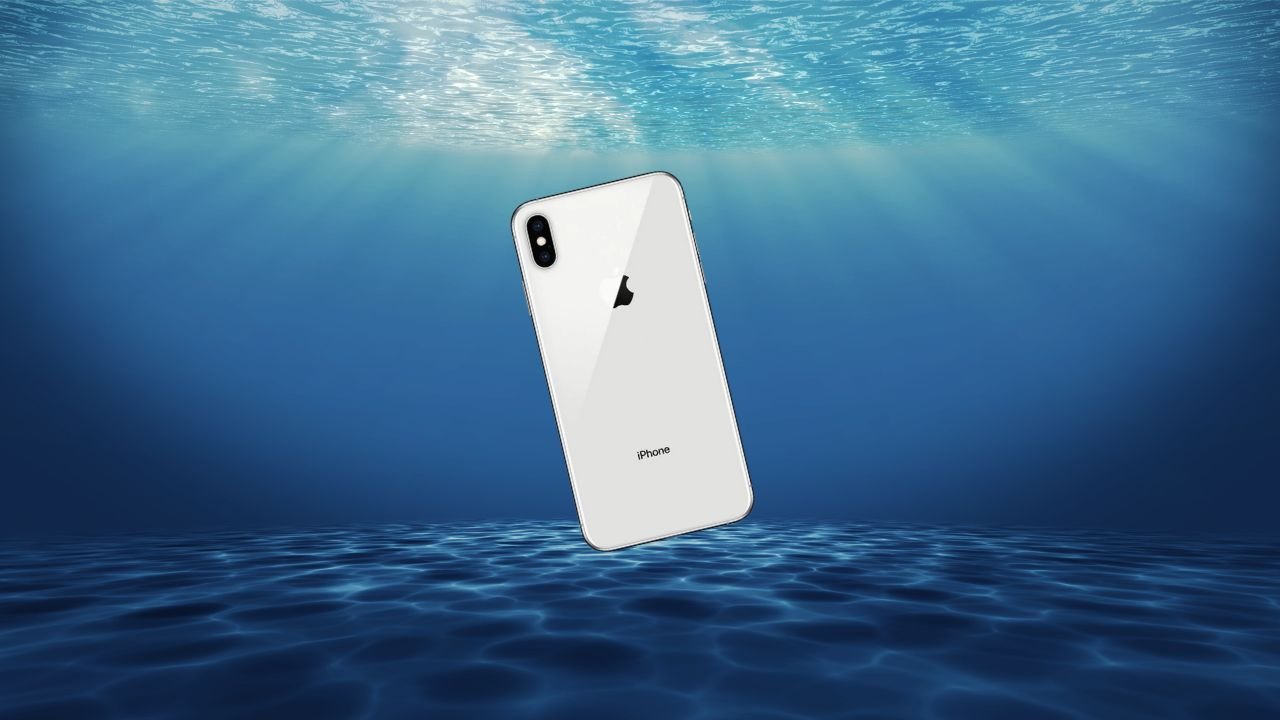Summary
Accidentally dropping your phone in water can be a stressful experience. Whether it slips into the pool, the bathroom sink, or gets caught in the rain, immediate action is crucial to prevent lasting damage when your Phone Falls in Water. This article provides eight practical tips to handle such situations effectively. From turning off your device promptly to using the silica gel method for drying, each step is designed to mitigate the effects of water exposure.
We’ll also discuss common myths, like the ineffectiveness of using rice, and highlight signs of internal corrosion to watch out for. Additionally, we’ll touch upon the water resistance ratings of modern smartphones, helping you understand the limitations and precautions necessary even with water-resistant devices.
Table of Contents
8 Tips When Your Phone Falls in Water
1. Act Quickly and Power Off
The moment your phone falls in water, retrieve it immediately. Time is of the essence to prevent water from seeping deeper into the device. Once retrieved, switch off the phone to avoid short circuits. Do not attempt to unlock or use it, as this can exacerbate the problem.
2. Remove External Components
Take off any cases or covers and gently dry the exterior with a soft cloth or paper towels. Remove the SIM card, memory card, and, if possible, the battery. This allows for better air circulation and aids in the drying process.
3. Avoid Common Drying Myths
Contrary to popular belief, placing your phone in rice is not an effective method for drying. Rice particles can enter the charging socket or headphone port, causing further issues. Instead, opt for the silica gel method. Place your phone in an airtight container filled with silica gel packets, which are more efficient at absorbing moisture.
4. Gently Shake Out Excess Water
Hold your phone with the ports facing downwards and gently shake to remove any trapped water. Avoid vigorous shaking, as this can spread the water internally. Pay special attention to areas like the Lightning or USB-C connector, as water accumulation here can lead to internal corrosion.
5. Use Cool Air for Drying
Allow your phone to dry in a well-ventilated area. Using a fan or cool air from a compressed air duster can aid in the drying process. Avoid using hot or warm air sources like hairdryers, as excessive heat can damage internal components.
6. Wait Before Charging
Even if your phone appears dry, wait at least 24 to 48 hours before attempting to charge it. Charging a device with residual moisture can cause further damage. Ensure that all ports are completely dry to prevent short circuits.
7. Monitor for Unusual Behavior
After powering on your phone, observe its behavior. If it does not turn on, or if you notice issues like the screen flickering or unresponsive buttons, these could be signs of internal corrosion. In such cases, seek professional assistance promptly.
8. Understand Water Resistance Ratings
Many modern smartphones, including models from Apple and Samsung, come with water-resistant features. However, it’s essential to understand their limitations. Devices with an IP67 rating can withstand immersion in up to 1 meter of water for 30 minutes, while IP68 rated devices can handle depths beyond 1 meter.
Despite these ratings, prolonged exposure or submersion can still lead to damage.
Conclusion
Dealing with a water-damaged phone requires prompt and informed action. By following these eight tips, you can minimize potential damage and increase the chances of restoring your device to full functionality. Remember, while some high-end smartphones offer water-resistant features, they are not entirely waterproof. Always exercise caution and seek professional help when necessary.



